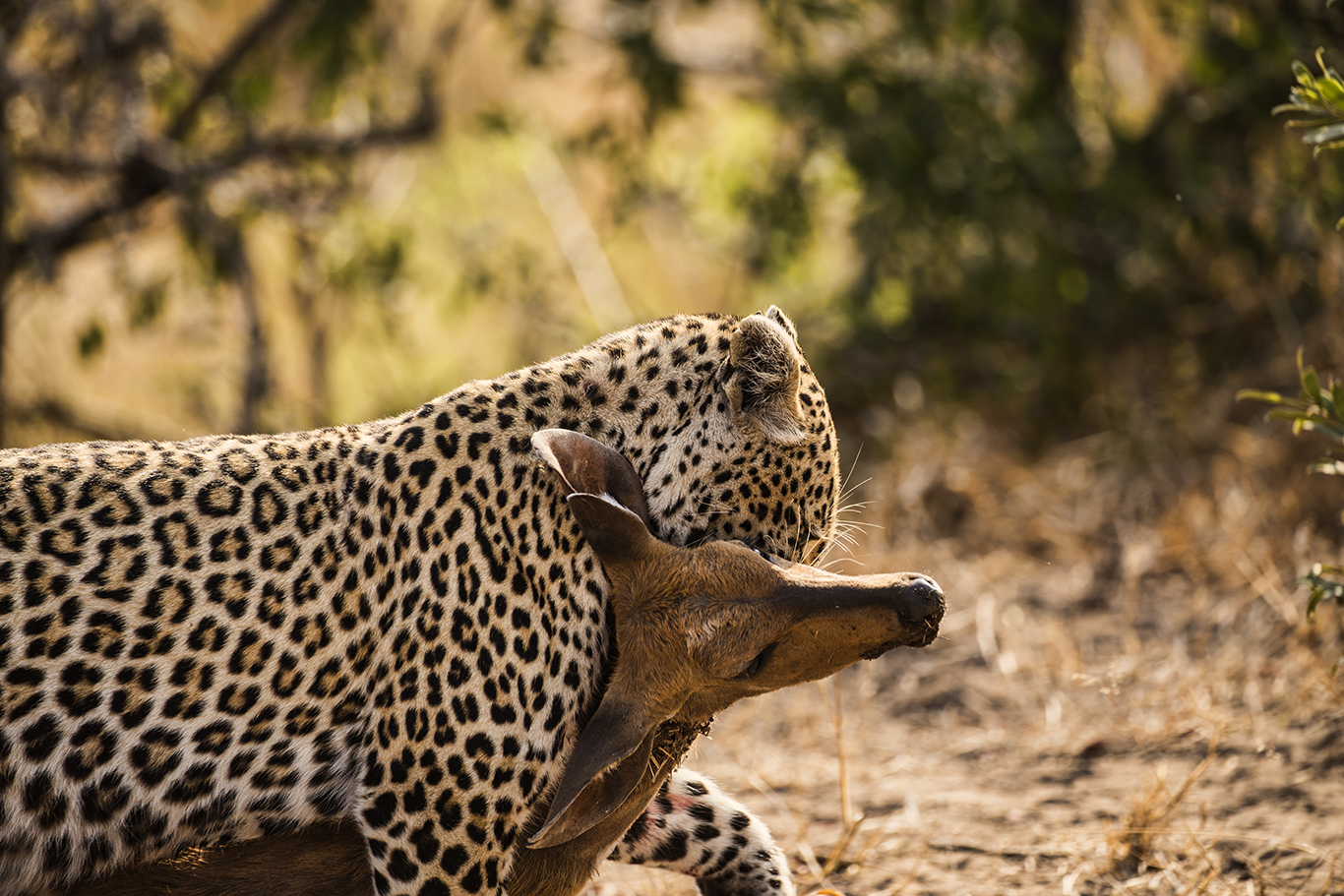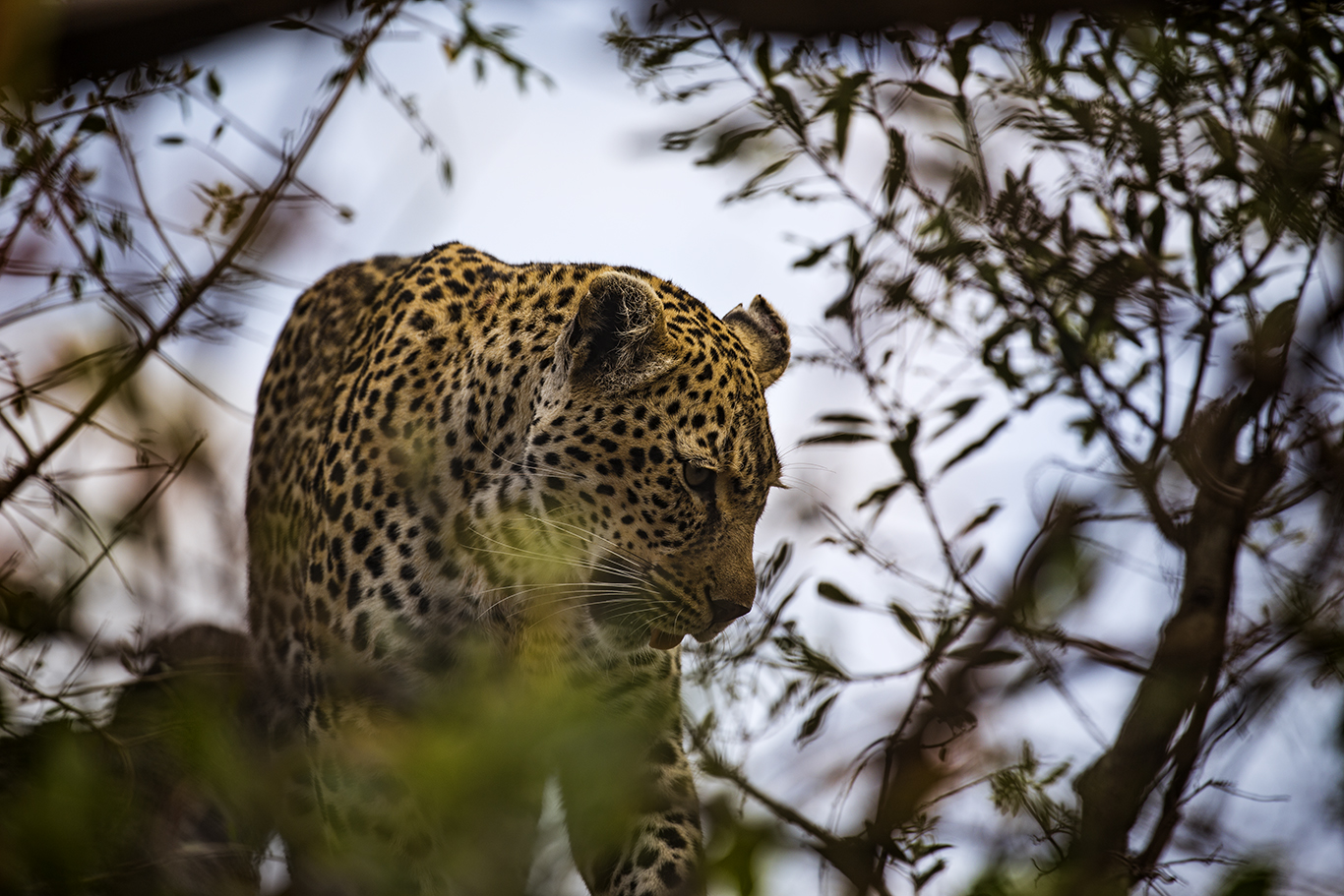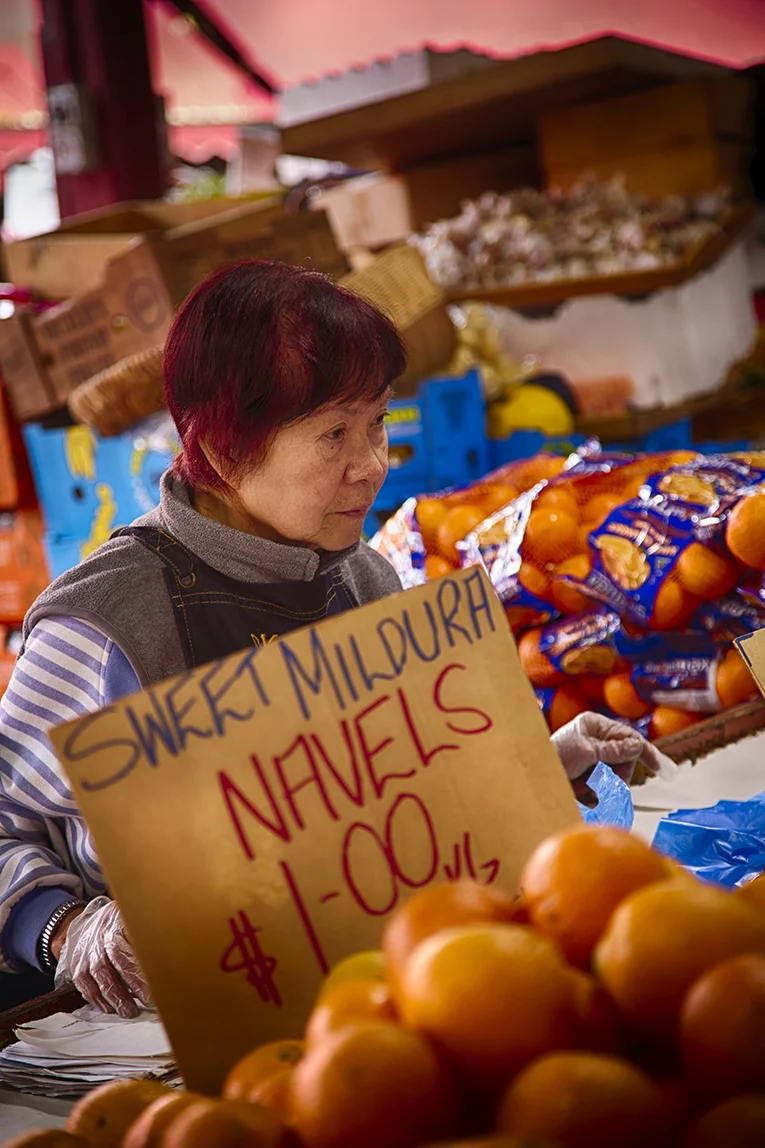Having traveled by plane, train and van over the last week or so, traversing both the North and South Islands, we are now ready for a two-day excursion to Fjordland in New Zealand’s South West corridor. From Queenstown, we head toward Manapouri where we take a short boat ride across the lake. We are then picked up by a coach that starts a steady uphill climb across Wilmot Pass, with great views of the imposing fjords in the distance. As we slowly ascend on the sub-alpine road through dense rain-forest, the van stops so that we can take in the vista of sea and waterfalls below. I’m amazed at how the threatening sky makes this landscape look both sinister and inviting at the same time.
After several hours in the coach, we arrive at Deep Cove where a large vessel equipped with cabins and dining facilities picks us up. It is still very cloudy and cold, although there has been no precipitation yet. I’m hoping to stay dry while photographing the fjords since remaining warm seems to be out of the question.
Fjordland is composed of two sounds. Milford is more widespread and is New Zealand’s most famous tourist destination. Doubtful Sound, in comparison, is the second longest, measured at twenty-five miles. It is the deeper of the two fiords, with a vertical drop of 1381 feet. The cliffs are taller and nearly vertical.
Doubtful Sound contains two layers of water, with fresh water on top and salt water from the sea beneath it. The fresh water is fed via the runoff from neighboring mountains. These two layers have the interesting effect of decreasing the amount of light that can penetrate the difference in refractive index between them, resulting in many deep-sea species, such as black coral, growing in relatively shallow depths.
Numerous attractions are keeping me busy along the way. While Browne and Helena Falls look majestic as we make our way through the sound, the captain occasionally announces the spotting of beautiful wildlife, including bottlenose dolphins, fur seals, and penguins. I’m finding that capturing a good photo of these animals is very difficult, as they swiftly dart out of sight.
At one point on our excursion, the captain turns off the ship’s engine and tells us that everyone should go up on deck. We’re encouraged to use all our senses, as we experience the profound serenity of this fjord. This is truly the “Sound of Silence,” no doubt reminiscent of what Captain James Cook experienced when he discovered this vast territory in 1770.
As our time in Doubtful Sound is ending, It occurs to me that traveling to this remote destination has been challenging, but exhilarating. Having seen photos of this area from one hundred years ago, the otherworldly scenery 'I’ve been photographing appears essentially untouched. Now, how many places in the world can you say that about?












